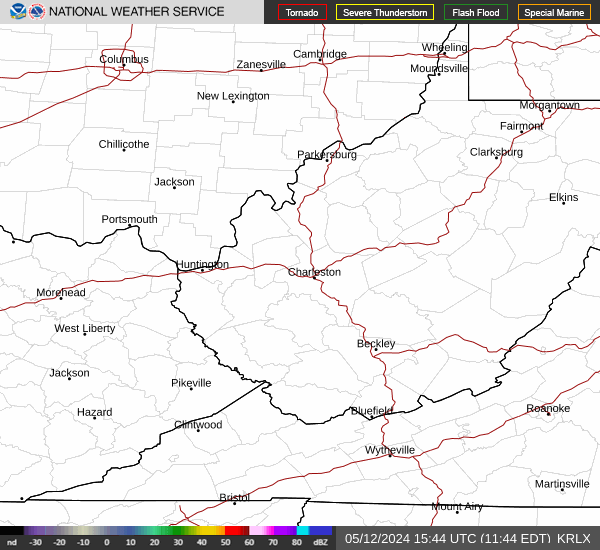Issued: 8am on Thursday, December 12th 2024
Technical Forecast Discussion
Short-term Forecast (Thursday 12/12/2024 through Saturday 12/14/2024):
High pressure will dominate the region on Thursday, ensuring dry weather with mostly sunny skies. Cold air advection will keep temperatures below normal despite ample sunshine, with a brisk westerly flow enhancing the chill. Overnight, radiational cooling under clear skies will lead to colder-than-average lows. On Friday, the high-pressure system shifts eastward, allowing a weak disturbance to approach the region. This will result in increasing mid- and high-level cloud cover, but a lack of significant moisture transport will keep conditions dry. On Saturday, a more notable change begins as the region transitions into a southeast flow regime ahead of an approaching low-pressure system. This pattern will bring a surge of milder air and increasing low-level moisture, leading to mostly cloudy skies throughout the day. Precipitation chances remain minimal during the daylight hours, but a slight risk of light rain or drizzle emerges late Saturday evening as isentropic lift strengthens ahead of the system.
Long-term Forecast (Sunday 12/15/2024 through Wednesday 12/18/2024):
Sunday marks the arrival of a more robust low-pressure system, which will track across the Ohio Valley, bringing widespread precipitation. A warm front associated with the system will push through early in the day, resulting in periods of steady rainfall and a significant moderation in temperatures. Rainfall could be moderate at times, with gusty winds possible as the system intensifies. By Monday, the cold front will sweep eastward, tapering precipitation to scattered showers as the system exits. On Tuesday, brief ridging aloft will allow for improving conditions with a return to partly cloudy skies and dry weather. However, this respite will be short-lived as another system approaches by late Wednesday. This system could bring increasing cloud cover and another round of precipitation by midweek. Temperatures during the long-term period are expected to remain above seasonal averages, with variability depending on the timing and strength of each system.




